Abstract:
Obesity is strongly associated with ill health and obesity is mainly influenced by energy intake and energy expenditure via mechanisms based on needs of energy and reward (1,2,3). The hypothalamus plays a major role in feeding control (4,5), particularly the arcuate nucleus (ARC) and paraventricular nucleus, (PVN). ARC has a weak blood brain barrier and receives blood-borne inputs like hormones or sugar (6). In the ARC there are two populations: 1) the food intake-stimulating agouti-related protein (AgRP)/neuropeptide Y (NPY) neurons (7), and 2) the food intake-inhibiting proopiomelanocortin (POMC) neurons (8). GABAergic transmission in the hypothalamus is needed for normal feeding regulation (9,10). Excitatory release in PVN by POMC neurons give satiety promotion. If PVN is inhibited increased food intake occurs. GABA and NPY release inhibit satiety neurons in PVN and give hunger promotion (11). GABA projection is required for ghrelin to stimulated food-take (9). NPY/AgRP cells excited by ghrelin gives hunger promotion. Ghrelin projection to POMC acts via GABA-A receptor activation and gives hunger promotion. Leptin and insulin inhibit AgRP/NPY neurons but stimulate satiety promoting POMC neurons projecting to PVN (12), while the hunger hormone ghrelin has opposite effects (13,14).
Conclusion: GABA activation enhances hunger and decrease satiation. GABA stimulates food intake by activating GABAA receptors (primarily with α3 and α2 subunits) in the hypothalamic ARC and PVN. Endogenous positive GABA-A-receptor modulating sex and stress steroids like the progesterone metabolite allopregnanolone (Allo) induce hyperphagia (15). In animal models Allo increase food intake, preferences for energy-rich food, and weight increase (15) In obese humans Allo levels are high and in women with polycystic ovarian disease high levels are linked to uncontrolled eating and increases in weight. Allo concentration increases during pregnancy and the degree of concentration increase correlates to the excess in weight increase (15). Treatment with a GABA-A receptor modulating steroid antagonist (GAMSA) with only alpha 3 receptor subtype antagonism reduces dose dependently Allo induced appetite increase in animal models. Some women with premenstrual dysphoric disorder show increased appetite during luteal phase when Allo is high. A double blind randomized clinical trial shows significant appetite reduction with GAMSA treatment compared to placebo. However, regulating food intake also occurs through mechanisms involving rewarding, emotional and cognitive drivers rather than hunger alone (1). The GABA-ergic system is involved in the reward system influencing activity of dopamine neurons (16,17). Thus, both GABA and Allo might indirectly influence dopamine-induced food intake.
Audience take away:
• Food intake, weight gain and allopregnanolone status are related in humans.
• GABA and GABAA receptors are involved in regulation of food intake.
• Endogenous positive GABAA receptor modulating steroids stimulate food intake.
• Allopregnanolone, induces weight gain by increasing food intake and preference for energy- rich food.




